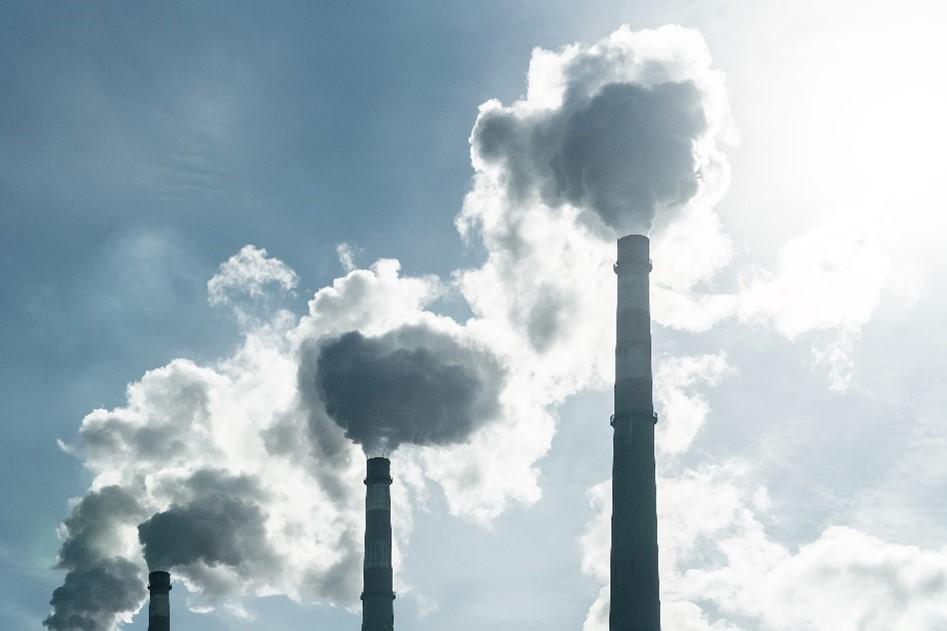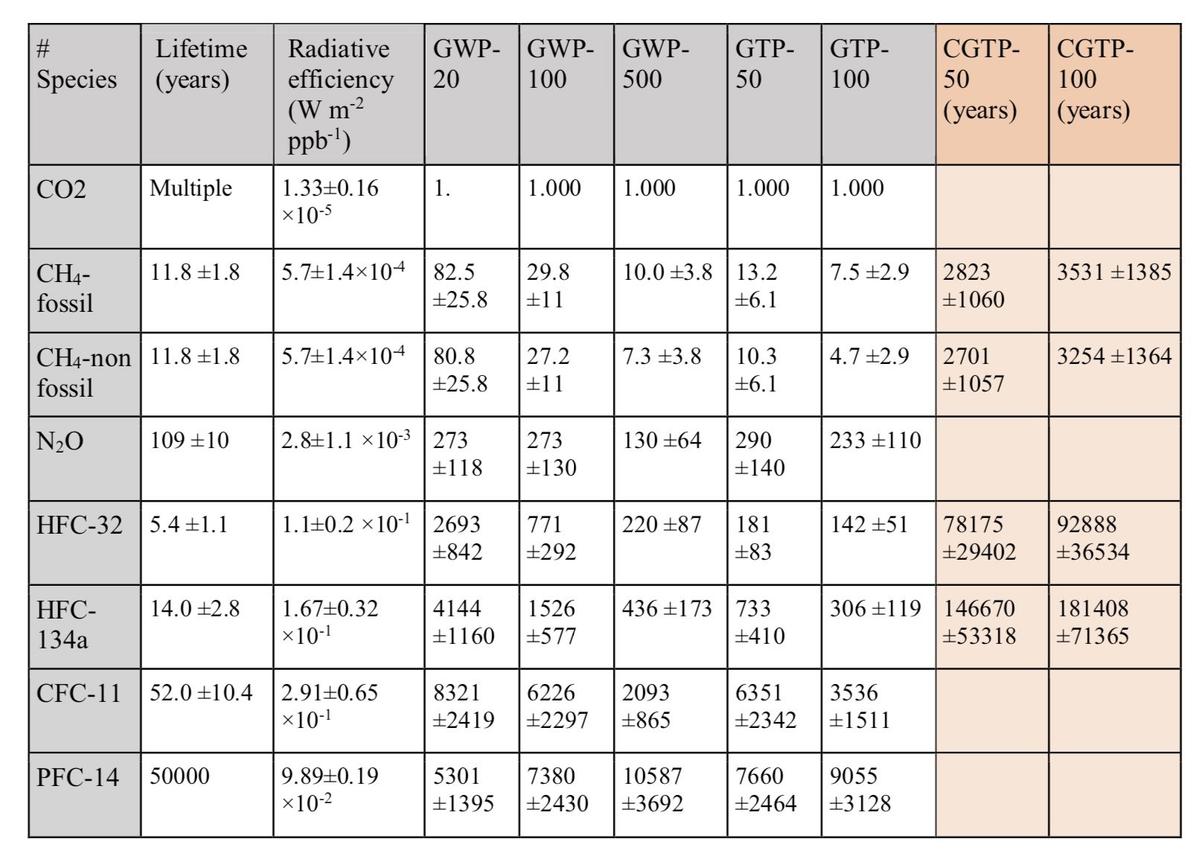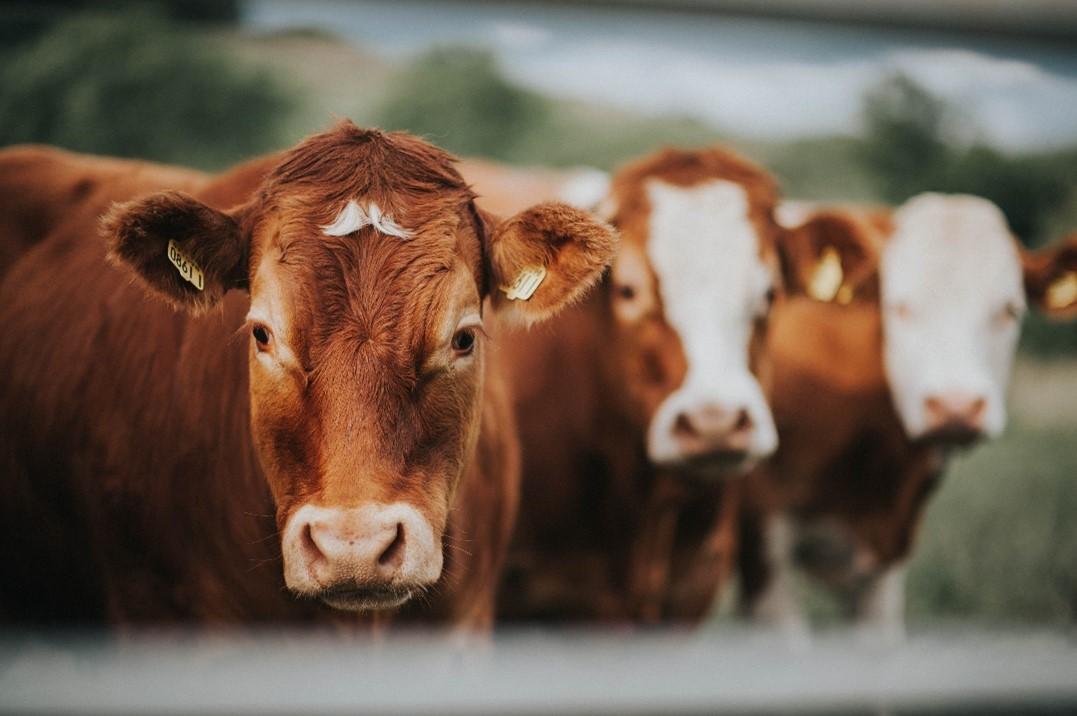The increasing level of greenhouse gases (GHGs) in the atmosphere is causing the planet to heat up. When you think about it, this is an intriguing situation as we cannot see these gases with the naked eye. There are many different GHGs and how they affect the planet depends on their chemical composition. One crucial aspect relates to how much these gases can warm the planet, known as the global warming potential (GWP). Is GWP a straightforward concept, or is it more nuanced than a set of numbers? A better understanding of the behaviour and atmospheric concentrations of these gases helps us to understand future warming, and a better understanding of what’s required to meet our climate goals.

Figure 1: Greenhouse gases continue to warm the planet, but are they doing so at an equal rate? Image source: Microsoft Stock Images
What is Global Warming Potential?
GWP is the ability of a GHG to trap heat in the atmosphere over time, relative to carbon dioxide (CO2). The length of time the gas remains in the atmosphere and its heat trapping ability determine its GWP. For a fair comparison, we need to assess an equal amount of each greenhouse gas when determining its GWP. So, one tonne of a GHG is compared to one tonne of CO2. Table 1 shows the GWP values and lifetimes of several GHGs.
A useful way to picture GHGs is like a series of blankets in the atmosphere. These blankets trap the heat from the sun as it is refracted back from the earth’s surface. The more GHGs in the atmosphere, the more warming we can expect on earth. This is problematic, of course, as we need to limit warming to ensure communities, physical environments, and ecosystems can function properly.

Table 1: Global Warming Potentials from the IPCC sixth assessment report. Source: IPCC
Is there just one kind of GWP measurement?
There are several types, including GWP100, GWP20, GWP*, and Global temperature change potential (GTP). You may have seen many GWP measures used, so let’s compare the main ones:
GWP100 and GWP20
Different gases absorb different amounts of energy, similar to how some foods cook faster than others. The more energy it absorbs, the faster it can cook. GWP100 is based on the energy absorbed by a gas over 100 years compared to CO2, and GWP20 based on energy absorbed over 20 years. GWP100 is better suited to gases with longer lifetimes (e.g. carbon dioxide, nitrous oxide) and GWP20 gases with shorter lifetimes, such as methane. Impacts that happen 100 years after the emissions occur are not factored into GWP100 numbers, with impacts after 20 years not factored into GWP20 figures.
The GWP value will be lower for gases with lifetimes that are shorter than CO2. On the contrary, gases with shorter lifetimes will have higher GWP values. Methane, for example, has a short lifetime of around 10-12 years, a GWP100 of 27-30 and a GWP20 of 80-83.
GWP*
GWP* can be used to factor in the behaviour of short-lived greenhouse gases. This is pertinent to the agriculture sector, which produces a lot of methane emissions (see Figure 2). GWP* still compares gases over a 100-year time scale, but the value is determined by changes in the emission rate. It is often applied with changes in flow, and therefore stock, of atmospheric methane.
Global temperature change potential (GTP)
GTP estimates the increase in earth’s surface temperature at a specific point in time following an emission pulse. Like GWP, it is measured relative to the same amount of CO2. This metric features in IPCC reporting and sits alongside GWP.

Figure 2: Cows produce more short-lived gases than long-lived ones, which can make understanding their impacts tricky. Source: Microsoft Stock Images
How are they applied?
What to do with such a set of numbers? The GWP and GTP figures are used by the Intergovernmental Panel on Climate Change (IPCC) to help decision makers, societies, and affected parties understand the reality of global warming. These figures are published in IPCC Assessment Reports, covering topics such as the physical science, climate change impacts, and mitigation measures needed to keep warming under two degrees. Understanding the changes in our atmosphere helps illustrate the scientific consensus and likely threats in a warming world.
Summary
The planet continues to warm as more fossil fuels are burned. As far as climate science goes, understanding the GWP of different gases can give us a better idea of how varying levels of greenhouse gases in the atmosphere will warm the planet. There are different GWP approaches, that can be applied on different time scales of 20 and 100 years. We’re also seeing newer methods used, such as GWP*. Understanding how each approach is applied allows us to home in on main sources of warming, and this will help shape the policies required to swiftly make emission reductions. All of this is necessary to get society back on track to keep warming in line with the Paris Agreement.
Glossary
Carbon dioxide equivalent
A measure used to compare the emissions from various greenhouse gases to carbon dioxide, based upon their global warming potential
Greenhouse gases
Atmospheric gases, both natural and anthropogenic, that absorb and emit radiation at specific wavelengths within the spectrum of terrestrial radiation emitted by the earth’s surface, the atmosphere itself, and by clouds
GTP
Global temperature change potential is the change in global mean surface temperature at a chosen point in time in response to an emission pulse, relative to CO
2
GWP
Global warming potential is the ability of a GHG to trap heat in the atmosphere over time relative to one tonne of carbon dioxide
GWP100
The energy absorbed by a greenhouse gas over a 100-year period, compared to one tonne of carbon dioxide
GWP20
The energy absorbed by a greenhouse gas over a 20-year period, compared to one tonne of carbon dioxide
GWP*
The energy absorbed by short lived gases on a 100-year time scale that factors in changes in the emissions rate over that period